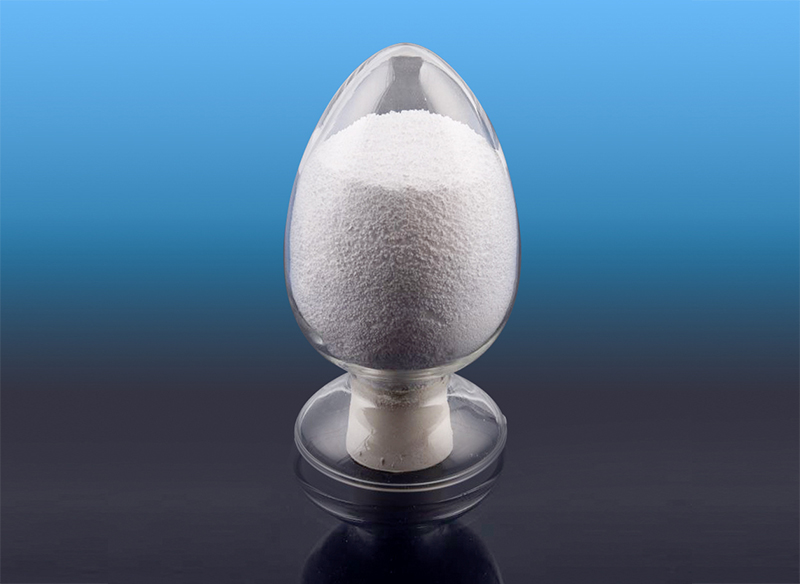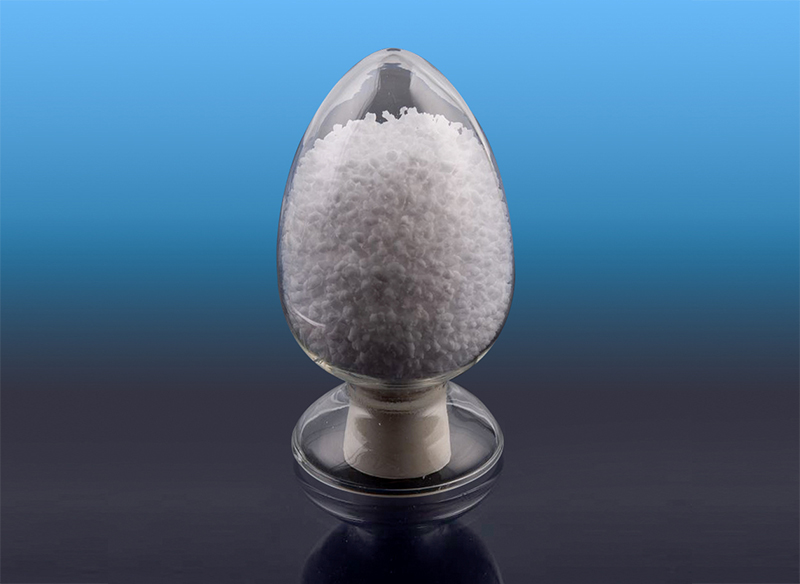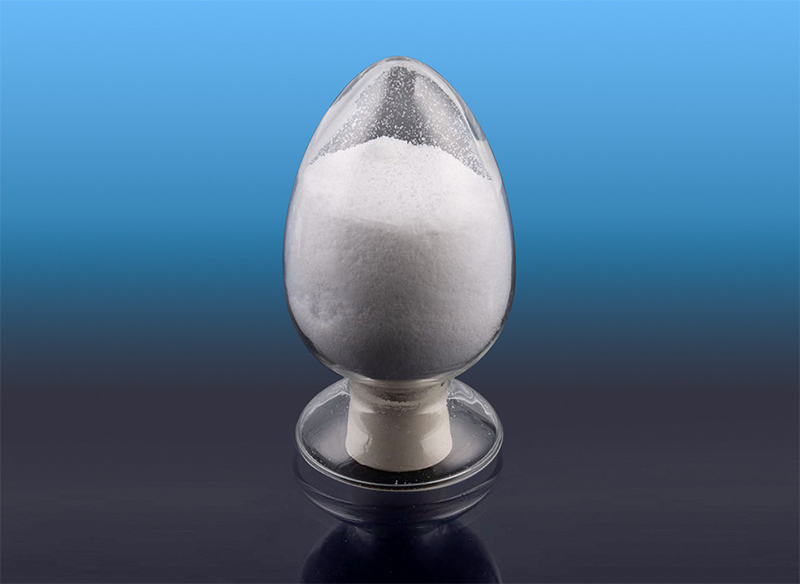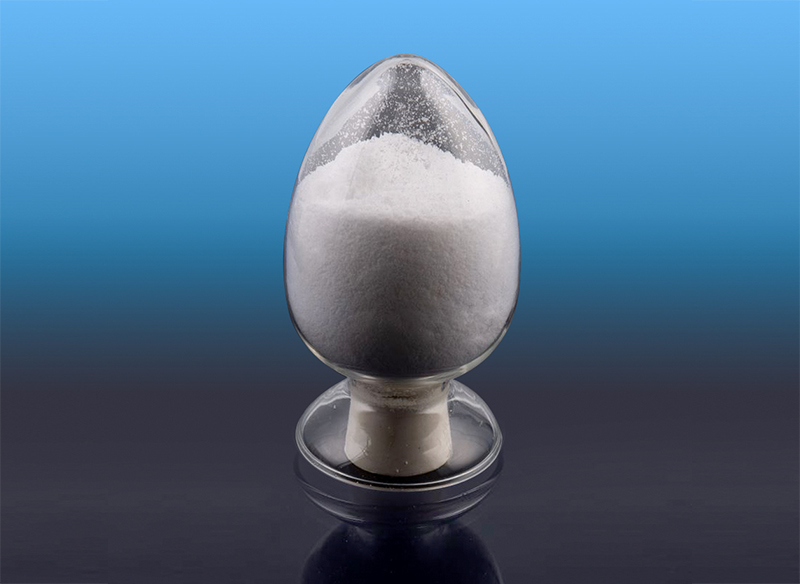Hydrogenated Isoprene Polymer: A High-Performance Elastomer Bridging Stability and Flexibility in Advanced Applications
Hydrogenated isoprene polymer, a specialized class of synthetic elastomer, has emerged as a material of significant interest across industries requiring a delicate balance between mechanical strength, chemical resistance, and thermal stability. Derived from the selective hydrogenation of polyisoprene—a polymer structurally similar to natural rubber—this engineered material demonstrates enhanced durability and performance under harsh environmental conditions, setting it apart from conventional elastomers.
This article explores the structural characteristics, production methodology, material advantages, and broad industrial applications of hydrogenated isoprene polymer (HIP), while also addressing ongoing innovations and future development trends.
Structural Transformation Through Hydrogenation
Polyisoprene, in its unsaturated form, is susceptible to oxidation, UV degradation, and thermal breakdown due to the presence of carbon-carbon double bonds in its backbone. Hydrogenation of polyisoprene involves the addition of hydrogen atoms to these double bonds, converting them into more stable single bonds. This transformation significantly enhances the polymer’s thermal and oxidative stability, while maintaining a level of elasticity characteristic of traditional rubbers.
The degree of hydrogenation can be precisely controlled during synthesis, allowing manufacturers to fine-tune the balance between flexibility and resilience. In highly hydrogenated forms, HIP can exhibit behavior comparable to that of thermoplastic elastomers (TPEs), combining rubber-like softness with plastic-like processability.
Key Properties and Performance Advantages
Hydrogenated isoprene polymer possesses a combination of advantageous properties that make it suitable for demanding environments where traditional elastomers may fail:
-
Thermal Stability
One of the most notable benefits of hydrogenation is the increased resistance to high temperatures. HIP maintains its structural integrity in operating environments exceeding 150°C, far outperforming unhydrogenated polyisoprene and many standard rubbers. -
Oxidation and UV Resistance
The saturation of double bonds drastically reduces the polymer’s susceptibility to oxidative degradation. This makes HIP particularly suitable for outdoor or ozone-exposed applications, where UV resistance is essential. -
Improved Chemical Resistance
HIP exhibits resistance to a wide range of chemicals, including oils, solvents, and acids, making it suitable for use in aggressive chemical processing environments or in contact with automotive fluids. -
Low Compression Set and High Elastic Recovery
The hydrogenation process improves the polymer’s ability to retain its shape under long-term compression, making it ideal for sealing applications, gaskets, and dynamic components subject to mechanical cycling. -
Enhanced Mechanical Strength
HIP retains high tensile strength and abrasion resistance while also exhibiting excellent elongation properties. These attributes are essential in dynamic load-bearing applications and precision-molded parts.
Manufacturing Processes and Blending Flexibility
The production of hydrogenated isoprene polymer typically follows anionic polymerization of isoprene, which offers tight control over molecular weight and polymer architecture. Subsequent hydrogenation is carried out using catalytic hydrogenation, often involving transition metal complexes under high pressure and temperature.
Moreover, HIP can be blended with other polymers, such as styrene-butadiene rubber (SBR) or polyethylene, to create tailored composite materials. These blends can enhance processability, stiffness, or cost-efficiency without significantly compromising performance.

Applications in Key Industries
Due to its unique performance characteristics, hydrogenated isoprene polymer has found applications in a wide range of industries:
-
Automotive Industry
HIP is used in the production of under-the-hood components, such as seals, hoses, timing belt covers, and grommets, where exposure to heat and oil is constant. Its resilience to thermal and oxidative degradation helps extend the service life of automotive parts. -
Medical and Pharmaceutical
Biocompatible grades of HIP are utilized in medical tubing, syringe plungers, and rubber seals for drug packaging. Its inert chemical nature and stability under sterilization processes make it an ideal material for sensitive applications. -
Electronics and Wire Coatings
The polymer’s thermal resistance and dielectric properties enable its use in wire insulation, cable jacketing, and flexible electronic components that must withstand heat and mechanical stress over time. -
Industrial Seals and Gaskets
In machinery and chemical processing equipment, HIP-based seals and O-rings provide extended reliability compared to natural rubber or nitrile-based alternatives, particularly in high-temperature and chemically reactive environments. -
Consumer Products and Adhesives
Due to its flexibility and durability, HIP is incorporated into high-performance adhesives, soft-touch materials for tools and wearables, and pressure-sensitive labels that must endure variable storage conditions.
Environmental Considerations and Material Sustainability
While hydrogenated isoprene polymer offers superior performance, attention is increasingly being paid to its environmental impact. Recent research focuses on developing greener catalysts for hydrogenation and exploring the use of bio-based isoprene as a sustainable feedstock. Additionally, recyclability and end-of-life disposal are areas of ongoing study, particularly for applications involving medical and single-use products.
Future Outlook and Research Directions
The demand for high-performance elastomers continues to rise in advanced engineering and precision manufacturing sectors. As materials science evolves, new synthesis techniques such as controlled/living polymerization and functional group modification are expanding the design space for HIP derivatives with specific properties.
In the future, we can expect to see:
-
Greater integration into thermoplastic elastomer systems, allowing for injection-moldable HIP compounds.
-
Expanded use in aerospace and defense, where thermal cycling and material fatigue pose extreme challenges.
-
Further developments in biomedical applications, leveraging HIP’s stability for implantable or drug-delivery systems.
-
Advancements in nanocomposite formulations, where HIP is combined with nanofillers to enhance electrical, thermal, or barrier properties.





